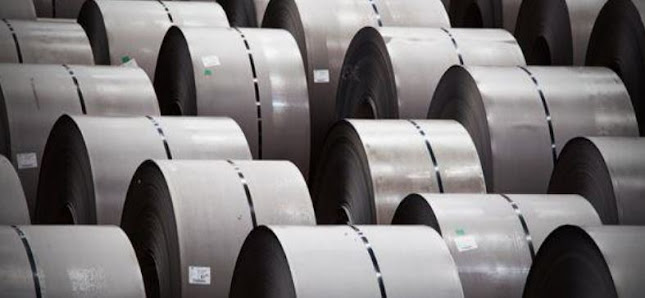Hot rolled steel vs Cold rolled steel – features, pros, and cons
When we talk about rolling, we're talking about the exact process used to make steel. Steel undergoing a significant heat treatment is referred to as hot rolled steel. In other words, production happens at very high temperatures. Manufacturers start with huge, rectangular billets. Before shipping the billets for processing, where they will be flattened into a hot rolled steel sheet, they heat the billets one more time.
While hot-rolled steel that has undergone additional processing is referred to as cold-rolled steel, the various steps used to create the steel, such as turning, grinding, and polishing, are included in the rolling process. The other processes transform hot rolled steel into a more finished item. In essence, steels that have experienced compression are "cold rolled."
Features of hot rolled steel:
● Scaly surface: When the steel cools after exposure to high temperatures, traces are left behind, giving the steel a scaly look.
● Minimal distortions: Cooling also results in slightly distorted trapezoidal shapes that lack precise angles.
● Rounded corners and edges: Due to deformation and a less precise finishing process, corners and edges are slightly rounded.
Pros of hot rolled steel:
● The process of hot-rolled steel is quite simple: heat it, force it through and let it cool.
● It is less expensive than cold rolled.
● The internal tensions resulting from quenching or work-hardening procedures are not present in hot-rolled steel since it is allowed to cool at ambient temperature.
● It is ideal for applications where tolerance is not the primary issue.
Cons of hot rolled steel:
● There are dimensional flaws brought on by heating (expansion) and cooling (shrink, warpage).
● Before painting, rough textures on a surface must be taken off and polished.
● There are slight distortions.
Features of cold rolled steel:
● It has tighter tolerances and better, more polished surfaces.
● It feels smooth, frequently oily-feeling surfaces.
● The edges and corners of bars are often sharp and true.
● Better concentric homogeneity and straightness can be found in tubes.
Pros of cold rolled steel:
● Cold-rolled steel parts frequently have glossy, smooth surfaces free of scale or rust. They are, therefore, helpful when appearances are important.
● They are incorrect forms, both consistent and straight.
● The edges and corners of the bars are clearly defined and true.
● Better concentric homogeneity and perpendicularity can be found in tubes.
Cons of cold rolled steel:
● The additional processing required makes them more expensive.
● Additional treatments cause internal tensions in the material, which can sometimes cause unforeseen warping if stress is not released from the steel before sawing, polishing, or riveting.
● There are fewer shapes available, such as sheets and shapes for box sections.
Conclusion:
Different uses call for different types of steel. Hence, knowing their characteristics, advantages, and shortcomings is crucial. Designers and project contractors would benefit from this information as they can ensure project timely and successful completion. Working with a top-notch manufacturing firm is the only surefire strategy to achieve the best results. Visit the official website of JSW HotRolled Steel to get in touch with their team of professionals to obtain the lowest prices on all their products, particularly the hot rolled mild steel.



Comments
Post a Comment